Here are the tunnels Israel is trying to close with military action in Gaza
The Israeli reason for the controversial military invasion of Gaza is, at least officially, about one critical piece of infrastructure: Tunnels used to smuggle people, goods and weapons in and out of the densely populated 360 square kilometers (139 square miles) of land.
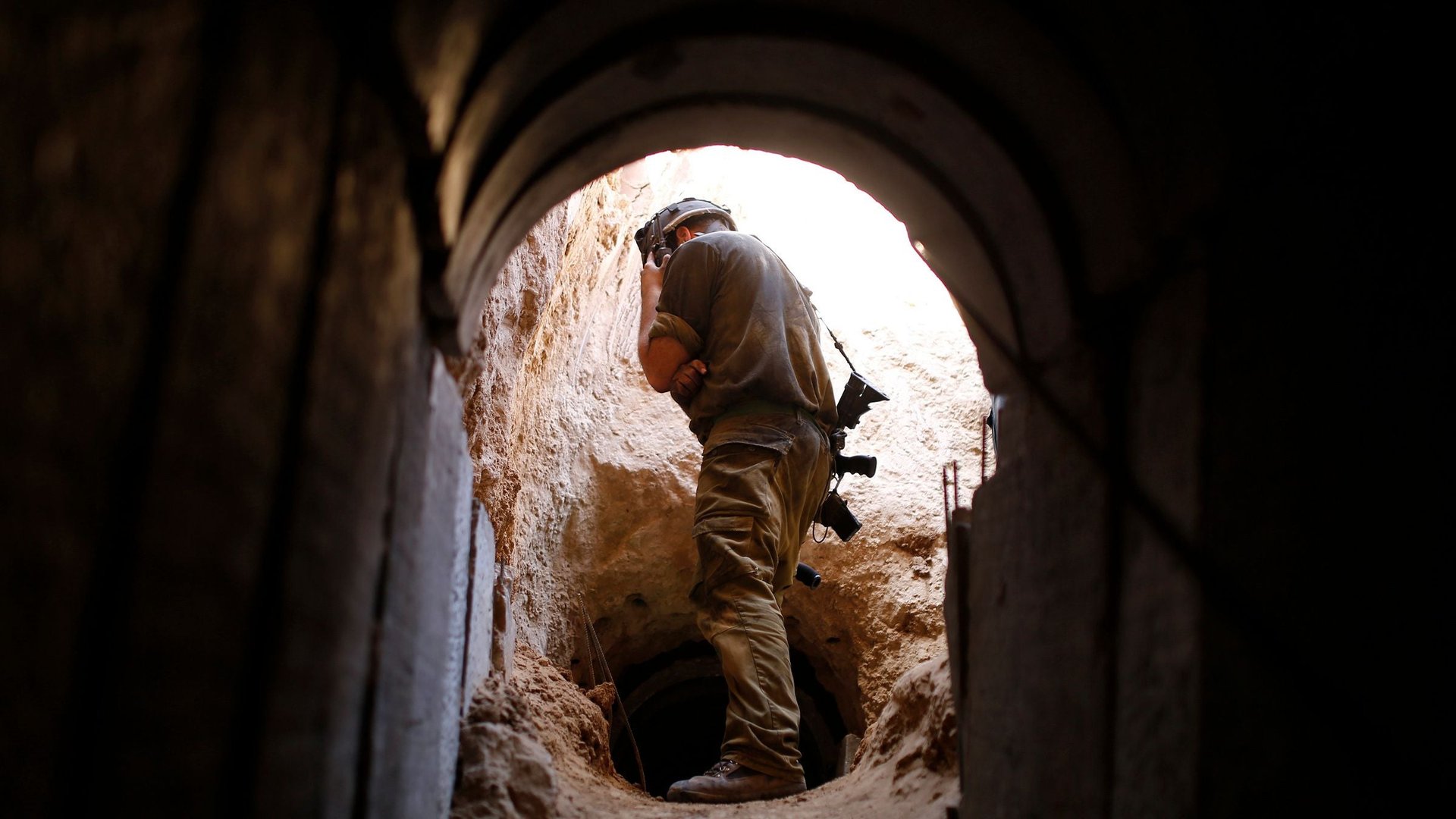

The Israeli reason for the controversial military invasion of Gaza is, at least officially, about one critical piece of infrastructure: Tunnels used to smuggle people, goods and weapons in and out of the densely populated 360 square kilometers (139 square miles) of land.
The Palestinian territory, surrounded by Israel and Egypt, enjoys little regular uncontrolled access to either country, thanks to the operations of terrorist insurgents and political blockades imposed by Israel. In response to these restrictions, a transit method has evolved to go beneath the land borders. The first tunnels were discovered by Israel in 1980s, shortly after the finalization of the border between Gaza and Egypt, and have played a role in every conflict since. In this current incursion, Israel says it has discovered 46 entrances to 14 different tunnels.
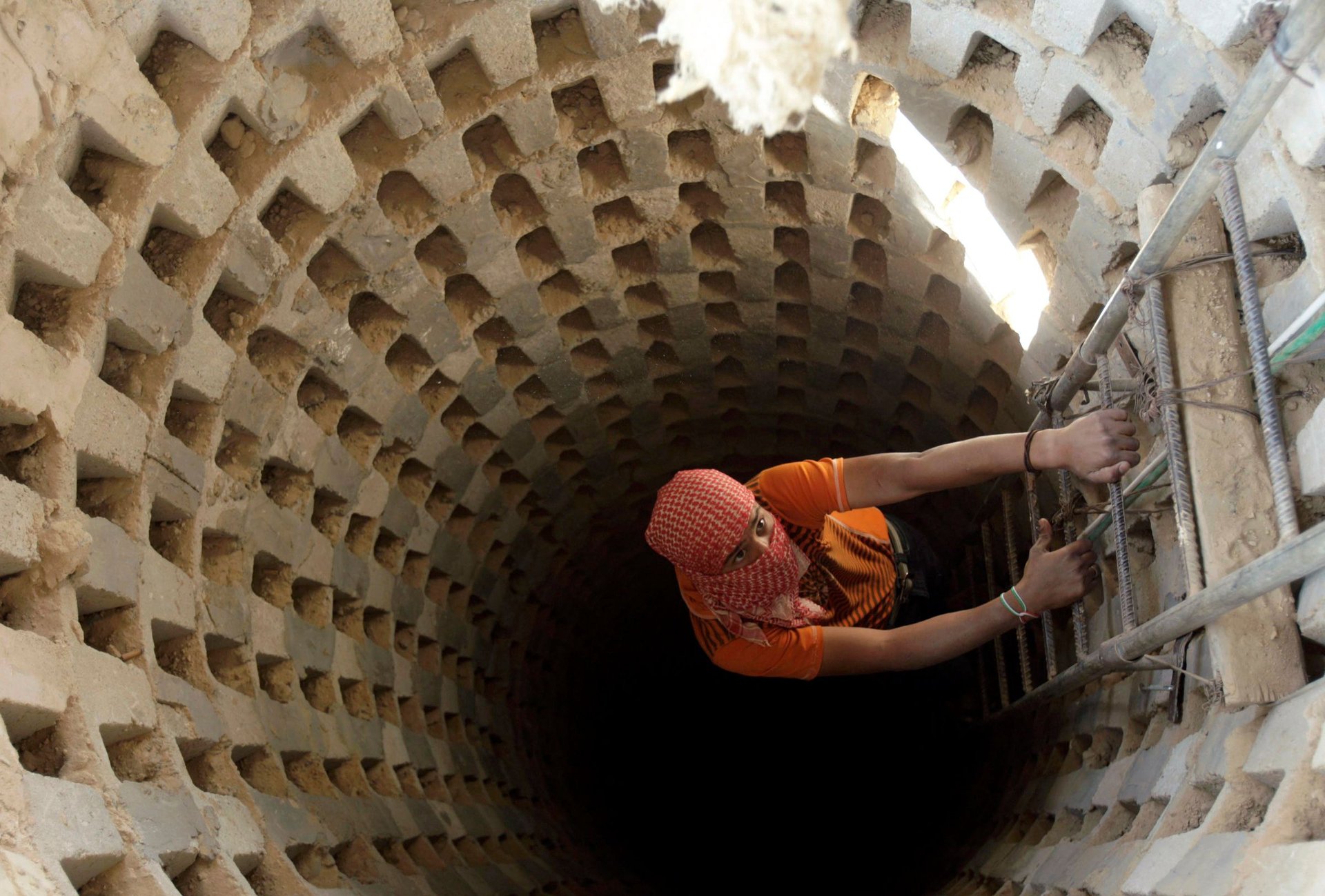
Some of the tunnels are of elaborate enough construction that it was reportedly possible to drive cars through them. That scale of effort requires significant concrete reinforcement, as the tunnel exposed by Israeli forces below has. For this reason, concrete and cement are among the goods restricted from import to Gaza to all but international organizations, which hasn’t helped the building industry in the territory’s dysfunctional economy.
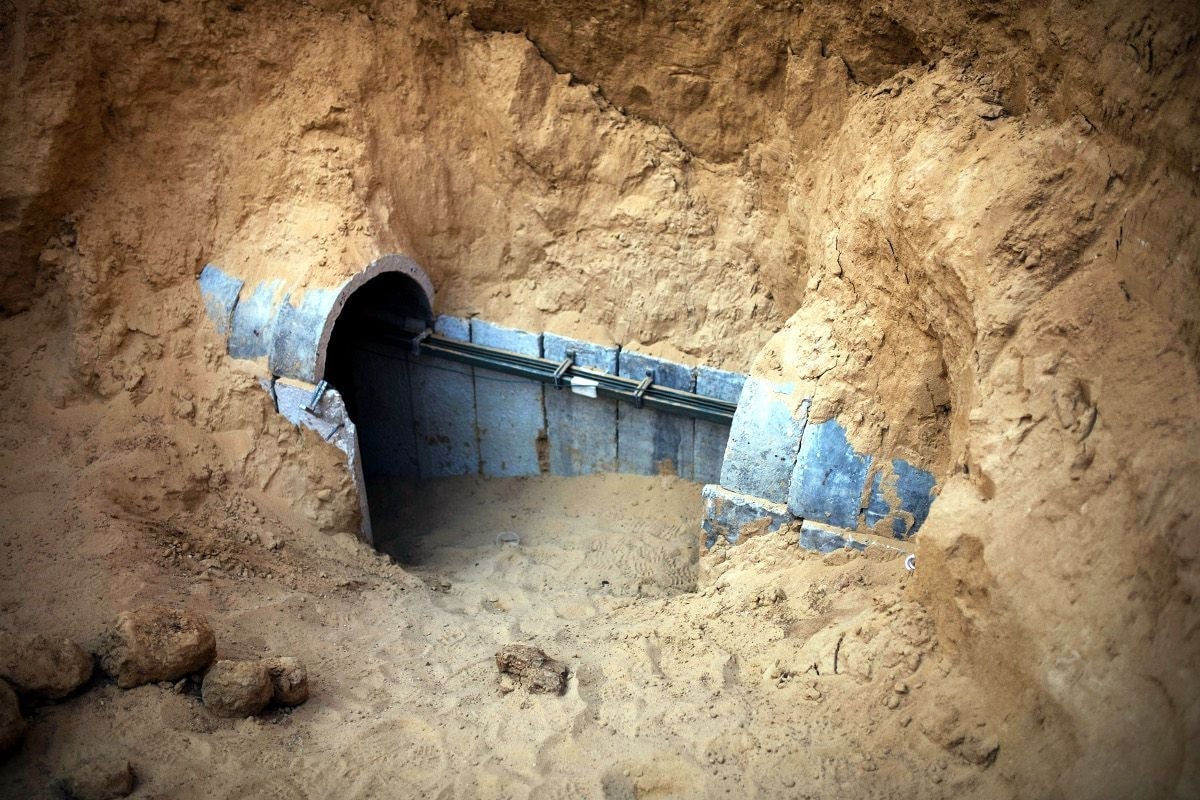
The most elaborate tunnels are those that have connected Gaza to Egypt, typically through the divided town of Rafah. In years past, these tunnels were often tolerated by Egyptian regimes, allowing residents of the strip to access supplies of fuel, food, water, and even live animals. Hundreds of millions of dollars worth of smuggled goods crossed the border this way at the peak of the tunnels’ operations.
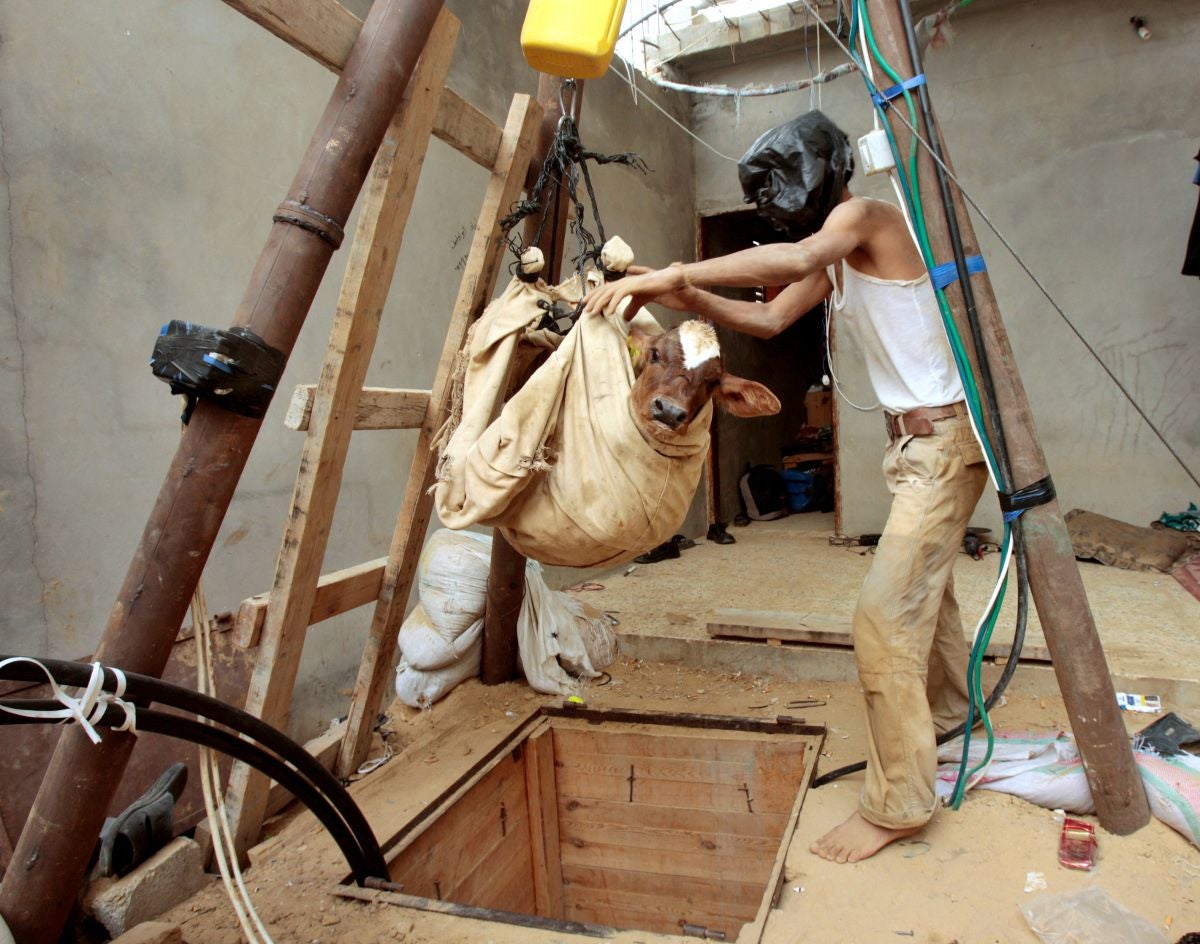
But anywhere innocuous goods can move in a conflict zone, weapons are sure to follow. Militias connected to Hamas and other militant Palestinian Islamist groups have relied on these tunnels as a key source of weaponry. That includes materials to build rockets that the groups have launched against Israeli cities, spurring Israeli reprisals and making the tunnels a target of military significance. Other tunnels go from Gaza into Egypt and are used by Palestinian militants to launch attacks, including a 2006 raid that resulted in the capture of the Israeli soldier Gilad Shalit, whose five-year captivity ended with a high-profile prisoner swap.
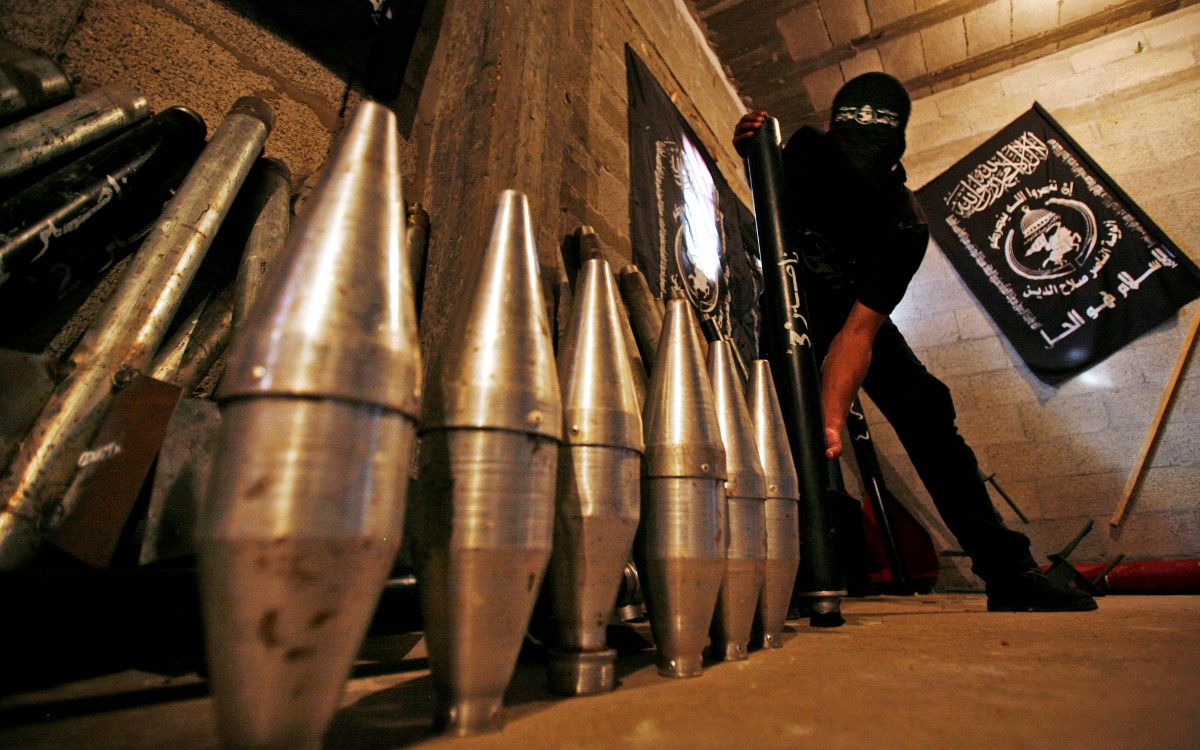
The tunnels have been under pressure for some time. Before the current campaign by Israel targeting the tunnels, Egypt had been cracking down on the passages that ended in its territory, one of the results of the overthrow of the short-lived regime of Mohammed al-Morsi last year. Morsi’s regime was backed by the Muslim Brotherhood, an Islamist political movement that is an ideological cousin of Gaza’s Hamas. The military regime that put current president (and former general) Abdel al-Sisi in power views closing tunnels as part of its broader efforts to put down Islamist groups. One tactic used to close the tunnels is flooding, which is what happened in the below photo in 2007, when Egypt’s then-president Mubarak was cracking down on tunnels in an effort to broker a broader peace deal between Israel and Palestinian groups.
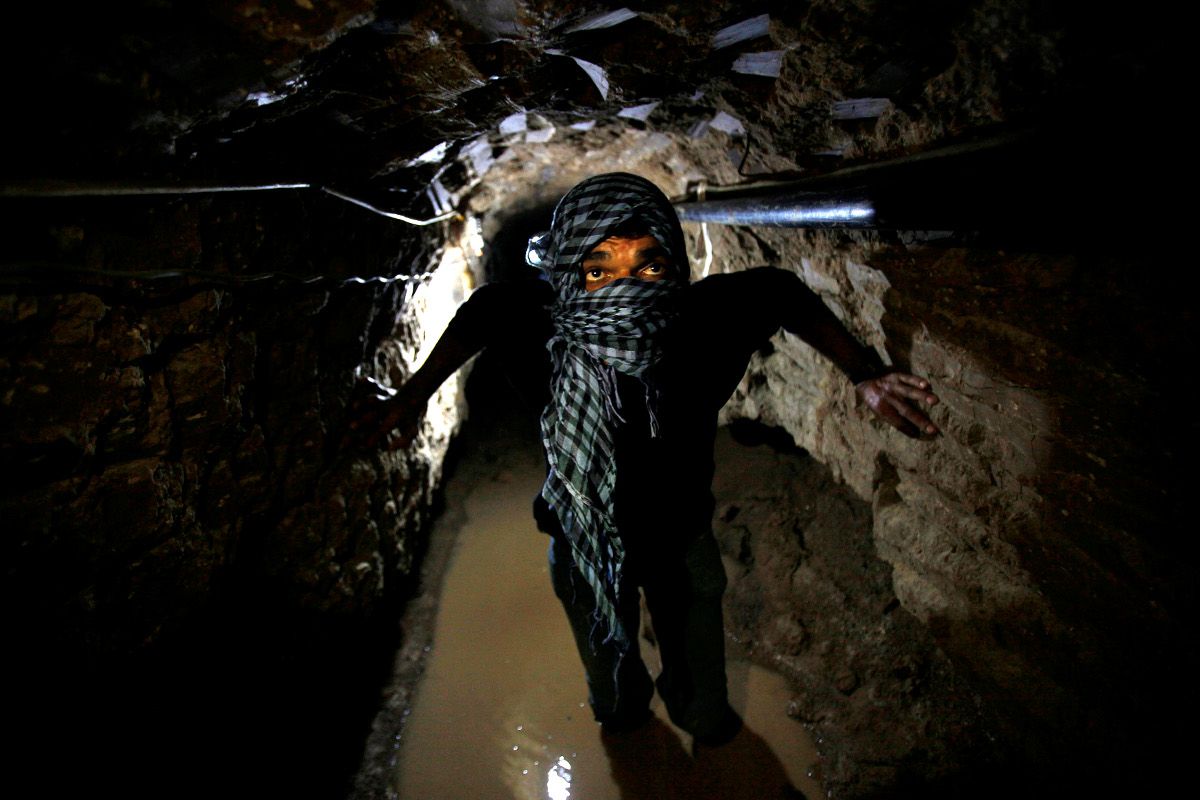
The current Egyptian government lacks the credibility in the eyes of Palestinian Islamists to play that peace broker role with the two parties once again. That’s one reason for pessimism in the international community about the current conflict ending on anything other than Israel’s terms, which, despite warnings and requests for restraint from international groups, likely spells a months-long occupation.
